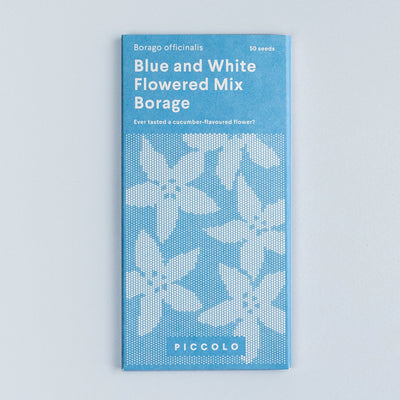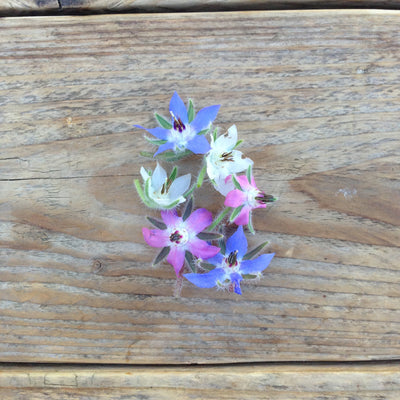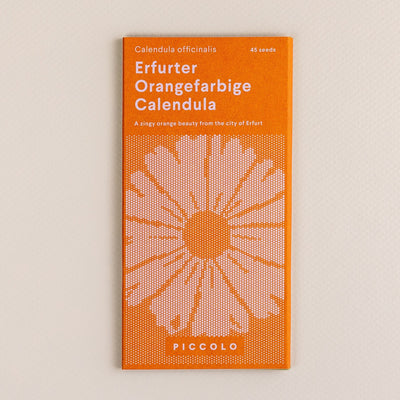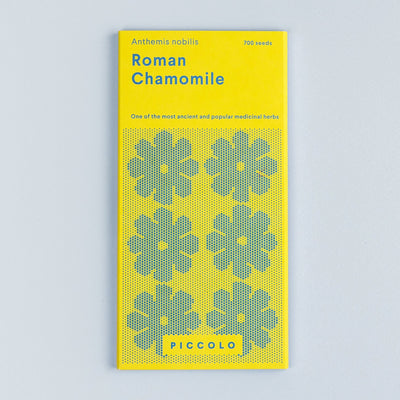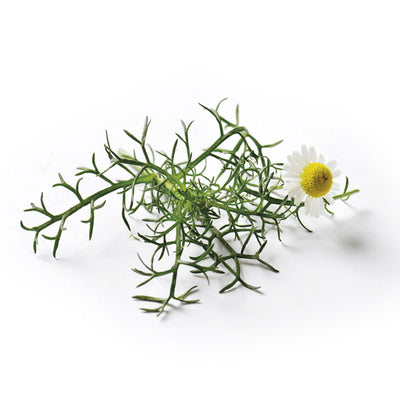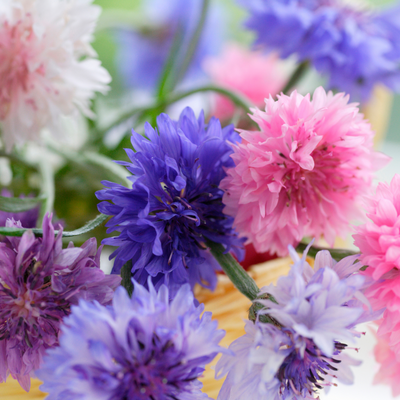Marigold Starfire Mix



Regular price €3.00
Starfire Mix marigolds, along with their relatives of the Tagetes genus, are annual plants native to Mexico and Central America, popular for their delicate, tiny, single, golden-to-orange flowers, lacy foliage and dwarf habit. There are many reasons why marigolds are used widely as an old-fashioned bedding plant: They are hardy and easy to grow – a leading companion plant that repels pests, and their flowers and leaves have a superb citrusy flavour. Beyond being a common decorative plant, one of the most striking uses for the plant is in ‘Day of the Dead’ celebrations in Mexico, where they are called Flores de Muerto.
Details
Latin name
Tagetes tenuifolia
Seeds
300 seeds
Name
Marigold
Variety
Starfire Mix
Short description
A brilliant, old-fashioned flower that enhances joy and life
Plant size
Height 30 cm
Width 30 cm
Container size
Height 20 cm
Width 20 cm
Companion plant
Tomatoes, peppers, eggplants, cucumbers, melons.
How to grow
Sowing
Indoor Not required
Outdoor Apr-June
Timing
Germination 5-15 days
Harvesting 70 days
Spacing
When sowing 5 cm; Depth 0,5 cm
When thinning 10 cm
Growing
Sunligth Full sun to partial shade
Soil Well-drained, light and moist soil
Watering Regular, abundant watering
Feeding Light feeder
Caring
Expert tip Pinch the tops of the plants to encourage bushier plants and deadhead spent blooms to prolong flowering. Water well in dry heat, but allow the soil to dry between waterings.
Supporting
Pollinators Attracts bees and butterflies
Pests Repels whiteflies, nematodes and mosquitoes
How to eat
Harvesting
Harvest marigold flowers as they open in late morning for garlands, cut flowers and edible uses. Marigolds are easy to dry and store for later use. Spread the flowers on a screen to dry in a well-ventilated, shady location and store in glass jars.
Eating
Medicinal properties They are used as a remedy for snakebites and bruises in Central and South America.
How to eat Marigolds are eaten as petals or leaves, raw or blanched, fresh or dry, sweet or savoury, in salads, cakes and teas. They also add a rich colour to stews, sauces and soups, including classic marigold cheese soup in the U.S.




